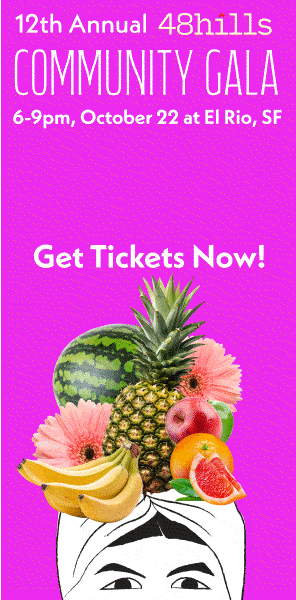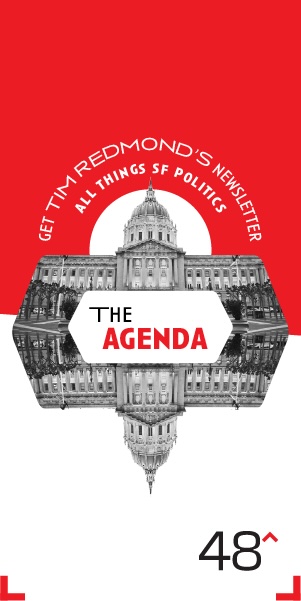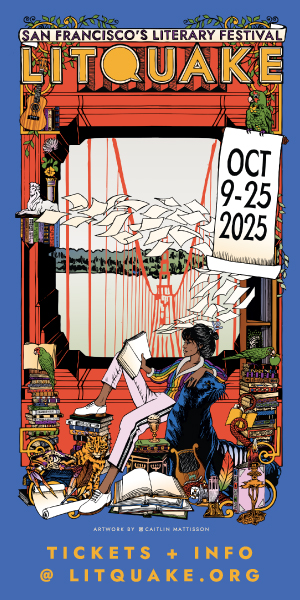Cochemea Gastelum, the veteran Daptone label saxophone player, always opens up his solo projects (as simply Cochemea) to tradition, family, and cultural explorations. His 2019 album All My Relations was described by the artist as a family reunion of sorts, linking together aspects from his Yaqui-Yoeme indigenous heritage and showcasing the psychedelic alongside the ceremonial. Slightly removed from the funk and hustle that made him a full-time member of Sharon Jones and The Dap-Kings’ band in 2009, it affirms that Afro-Latin is also in his repertoire. Boom.
It’s a grand command featuring a different side of a well-versed repertoire.
His reedy, heady, squawking electronic alto sax tone sounds at time as if it’s giving elocution to a melody, similar to a vocalist that shuffles between singing and scatting. Other contemporaries such as the mighty tenor player Kamasi Washington, who was recently plucked as a contributor to a Metallica tribute album, leans heavily on dealing out those sheets, not sentences, of sounds cascading over. Cochemea goes macro via micro, punching in the emotional intensity from a more liturgical place. It’s a different take on spiritual jazz, but just as crushing.
Over the past 25 years a featured soloist, section player, and composer-arranger, Cochemea has infused that reading with some of the best. Besides the aforementioned stint with Sharon Jones and the Dap-Kings, his services have been utilized by Kevin Morby, Jon Batiste, Archie Shepp, Antibalas, Budos Band, and Robert Walter. Mark Ronson, The Roots, David Byrne, Beck, Rick Rubin, and Quincy Jones among many others trust that rooted tone for session work.
On Cochemea’s newest release Vol II: Baca Sewa, he further illustrates how a ceremonial approach can run alongside a steady-going mystical brew of jazz and funk, rhythm, and blues. It’s no mistake that he cites Yusef Lateef, Jim Pepper, and Gary Bartz, among others, as influences. Those are all soulful horn players who make their instruments swoon.
From the opening call and response on “Burning Plain,” which starts off the 10-song, 35-minute release, instrument and melody play shaman while the drum ensemble, featuring family members and Daptone players, heed his wordy sax runs with chants in response. The song is a precursor, a setup for what is to come. It informs listeners not just of his culture, but the role music plays in his reclamation, healing, and familial background.
Track “Mimbreños” is a lament which sees Cochemea rely on the higher register of his alto in elongated bursts. He he has Yaqui and Mescalero Apache roots, and the song’s title refers to the land and people of the Mimbres Valley in southern New Mexico, where his family comes from. “I have generations of ancestors from the area and used to take road trips there as a kid from California to visit,” he says.
Where “Chito’s Song”, which smacks of emotional Eddie Harris reference—the repetitive alto lines get used for color, not action—is a reflective heartfelt tribute to a beloved uncle. These percussion cues shuffle, not stomp, accentuating homage to a lost kinfolk.
Help us save local journalism!
Every tax-deductible donation helps us grow to cover the issues that mean the most to our community. Become a 48 Hills Hero and support the only daily progressive news source in the Bay Area.
Selections “Baca Sewa (Chant)”—the melody was composed by Anthony Gastelum—and “Baca Sewa (Song)” possess both the sacramental and informal, infusing vocal chants and drumming from the Baca Sewa Singers. That group is composed of several generations of family members, giving the arrangements connection. The fact that Baca Sewa was Cochemea’s original family name before colonization does indeed register personally, as Gastelum harnesses the melody and transposes the meaning through his electrically amplified alto sax. It’s a homespun bluesy-funk approach, re-working the aforementioned service into a late-night hymn.
Spiritual jazz, if that’s what we’re calling it, has been having a moment over the past couple of years. New school aficionados are craving Pharaoh Sanders—vintage Pharaoh on vinyl, no less. Is that because of Floating Points? I hope not. Pharaoh does have a canon (that we touched on here), and he along with John and Alice Coltrane built the playbook. But when they were recording it, did they call it spiritual jazz? Shrug emoji.
I once got called a “deep jazz” DJ for featuring Weather Reports “125th Street Congress” in a set. That song is home to the massive drum break used in many ’90s hip-hop tracks. But perspective, within a limited context, can be fickle. The term spiritual jazz, unfortunately, has taken a hit outside of jazz circles.
So make space for Cochemea’s galvanized sophomore offering. Vol II: Baca Sewa stands out as another fearless, semi-autobiographical document that commands notice. Culture emanates from the spiritual.
Buy Vol II: Baca Sewa here.




